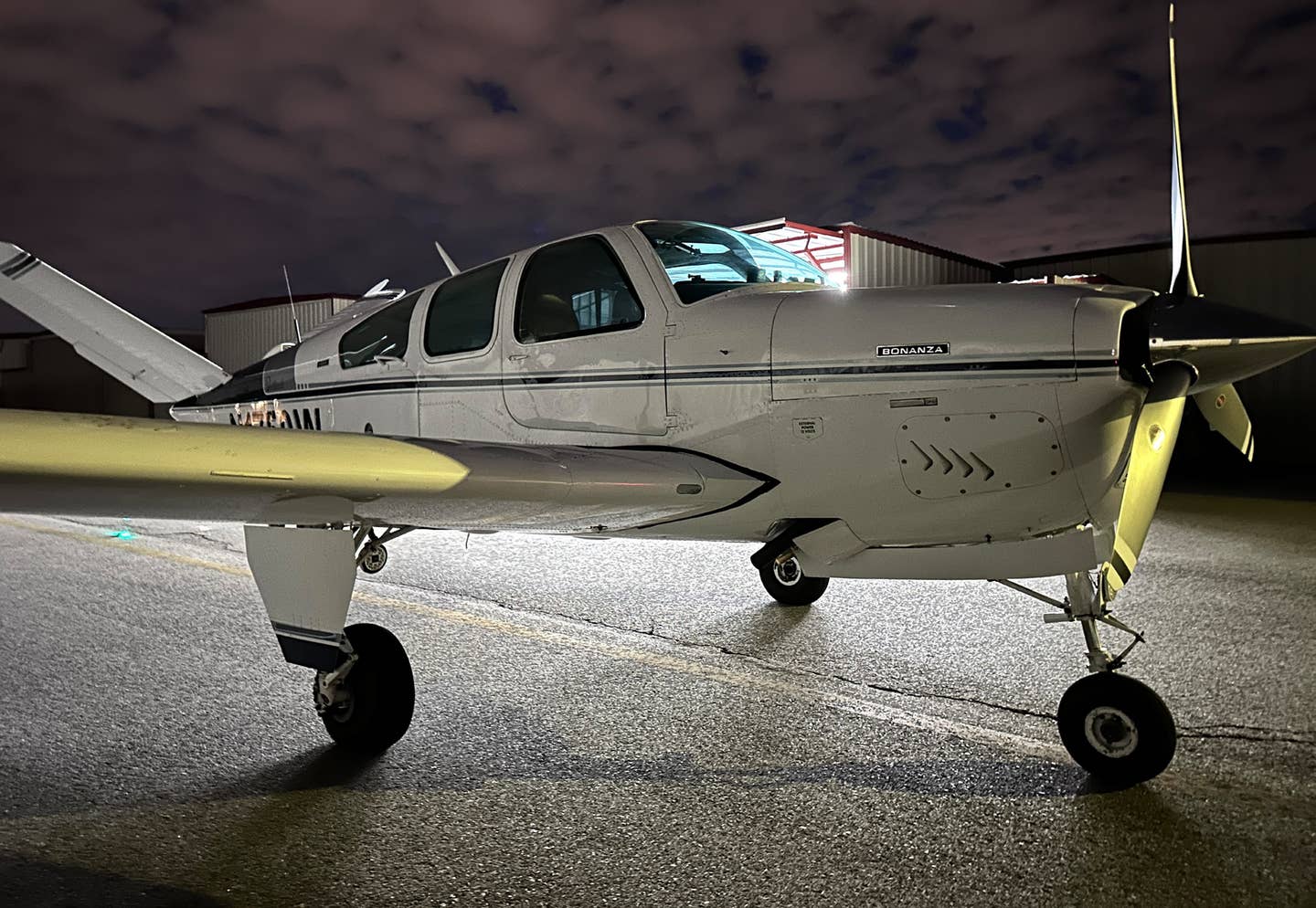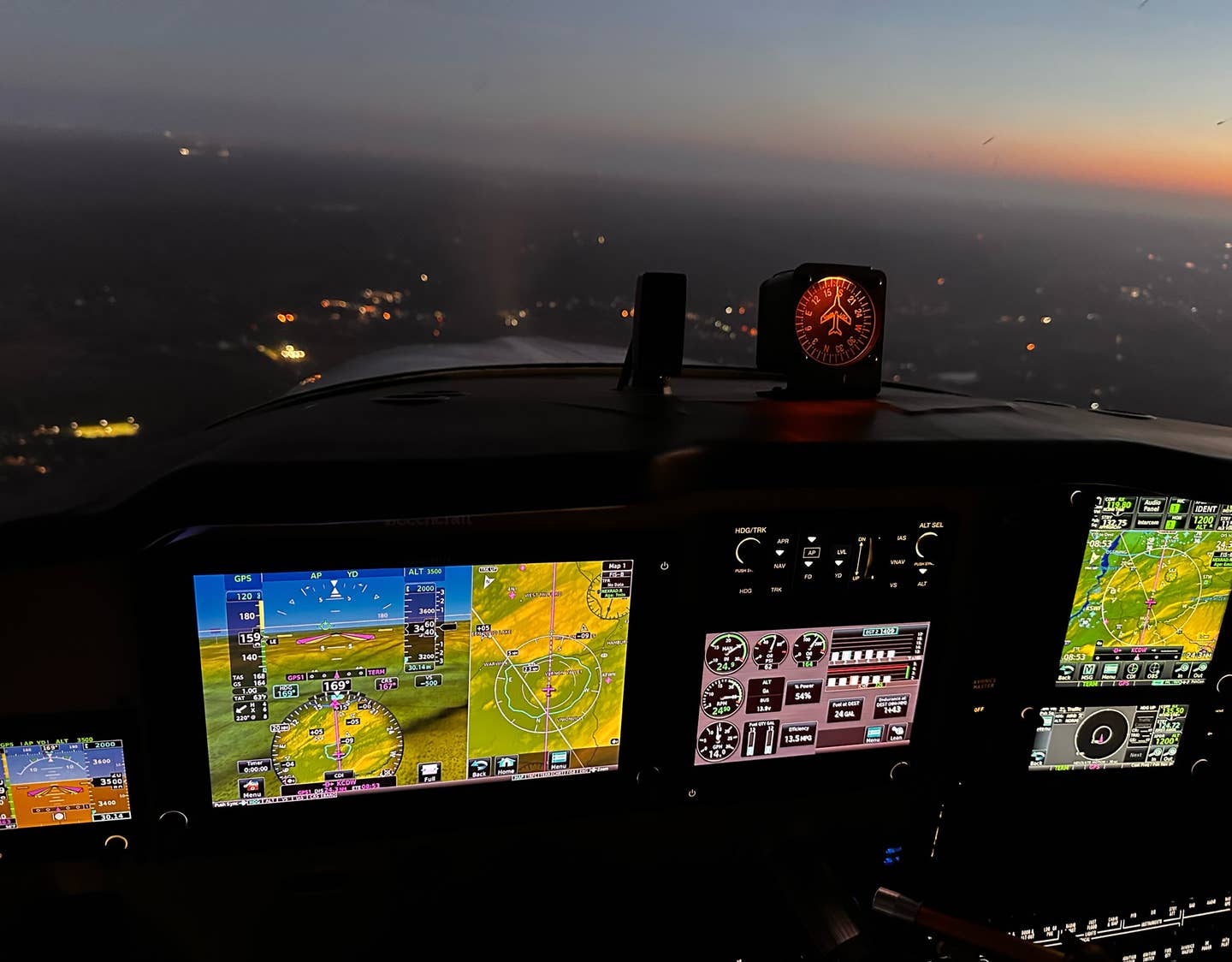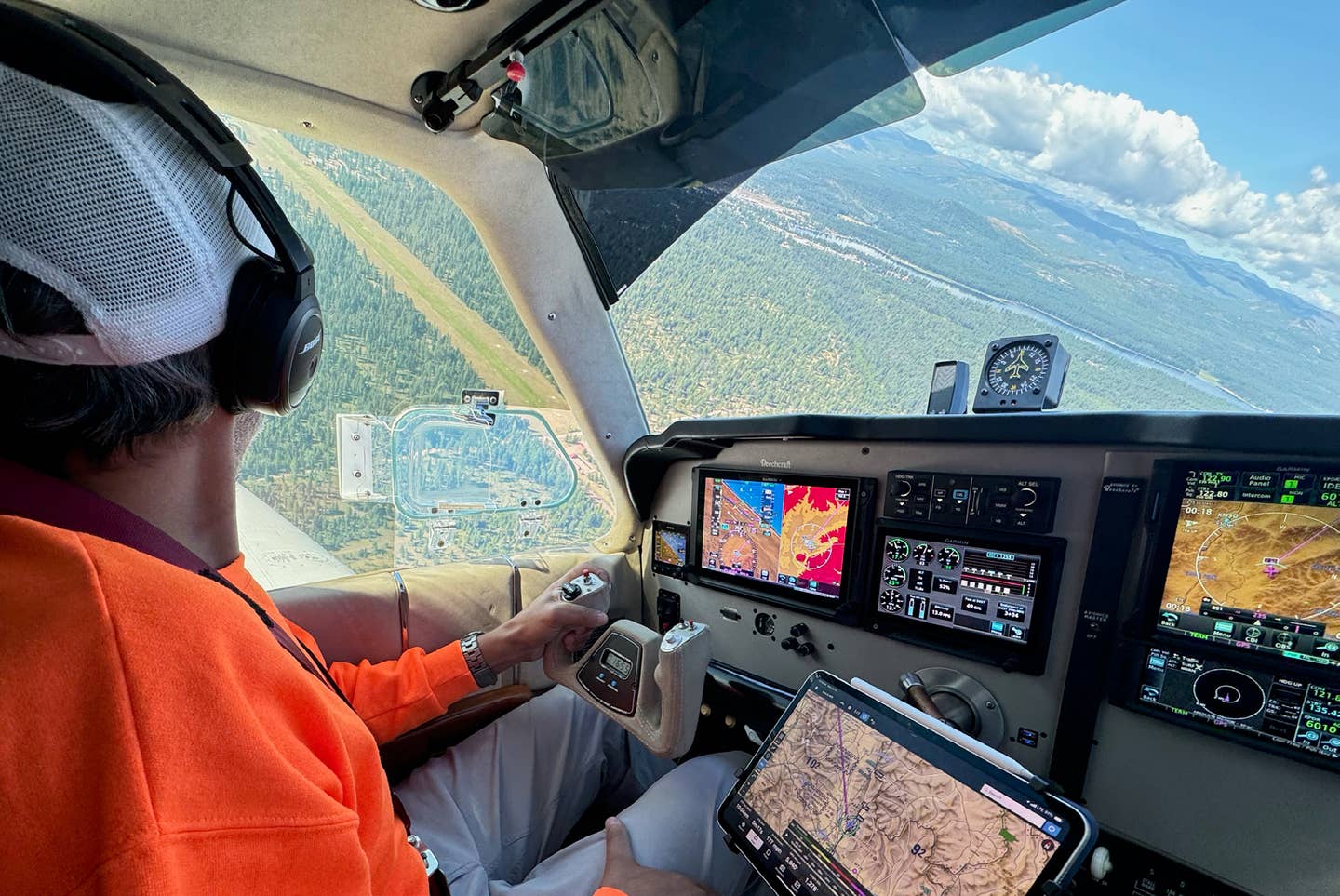The Weight of Hearing ‘State Your Intentions’
While consensus is good, in an airplane inflight, where things are moving in real time, it’s an autocracy and there’s only one decision-maker that counts.

The Van Nuys Airport (KVNY), in the Los Angeles Basin, has been the scene of much filmmaking—aviation and otherwise. [Credit: Adobe Stock]
I am currently in Los Angeles gearing up to shoot a TV pilot for ABC. Three weeks out from our first day of filming, there are more than a hundred people working for me to help create the vision and, ultimately, the result that will get this show on the air for what we all hope will be a years-long series.
Every day I ask the same question to multiple people: “What do you think?” In some instances, I have a pretty good sense of what I want (on camera). Other times (for costumes, mainly), I really don’t have a clue. I simply can’t weigh in with any authority on what kind of ballgown a Korean-American woman in her 60s would be wearing to a political fundraiser. And that’s okay. My costume designer does.
I’m used to making decisions by consensus. My job as a director is all about making smart hires and then gathering up all that expertise to create something bigger than I could have on my own.
I rely heavily on those hires, their advice carries much weight. It feels like a well-run democracy when it’s operating the way it should. But that just ain’t how it works in aviation. While flying under ATC’s watch in the IFR system, a pilot is told what to do at all times. “Turn to this heading. Squawk this code. Change to this frequency.” But there are times when you alone are calling the shots, regardless of what ATC has to say. This can be an instance when a pilot is asked to do something unsafe, or as soon as the pilot declares an emergency. At this point, you’re on your own. Sure, ATC will tell you what airfield is closest and what the weather looks like, but you have to make the final call. They’re simply not going to tell you what to do. It’s a mix of liability and a lack of situational awareness that makes it impossible for them to weigh in.
The first time I called Flight Service after becoming a private pilot led to an interesting conversation. It was an early morning in late August in upstate New York and there were widespread thunderstorms projected for the afternoon. I asked for a full briefing and got one. It was as factual as you’d expect, but I wanted some color commentary. I wanted this briefer to tell me his opinion. I wanted him to make the go/no-go decision for me. I knew it wasn’t looking good, but I wanted him to say it. I wanted his confirmation of my own sense of the situation.
He politely sidestepped the question the first time, but I’m from Brooklyn and not particularly good at reading subtext. “Yeah, I understand what the forecast is but I’m asking you if you think I should go.” After nudging him a couple of times, he finally caved and said, “VFR flight not recommended.” I could tell he wasn’t all that happy with me, and I don’t blame him. I wanted someone to share the load with me, and that was definitely not his job.
I have declared an emergency once in my decade of flying. The quick and short of it is that I had a busted hydraulic seal on the landing gear of a rented Piper Arrow over Long Island Sound. The gear began to slowly drop as the fluid drained out. I saw the gear-in-transit light turn on and worried that the motor had somehow shorted itself into service and would soon burn out and start a fire. I was new to the game. I declared an emergency immediately.
“State your intentions” were the next words that came over the radio. I suddenly realized I hadn’t gotten that far. Some part of me was waiting for instructions from the voice on the radio. Nope. Nada. “Standby,” I stuttered.
I knew I had to get to an airport and New Haven, Connecticut (KHVN), was just off my left wing. The controller told me I could land on any runway. But first, I had some entirely inappropriate questions to throw at him regarding his thoughts on the Arrow’s landing gear system and what I should do next. Nope. Nada.
Quickly realizing I was on my own, I dug into the emergency procedures and made a plan for how to get the airplane safely on the ground. I then used ATC’s expertise where it was appropriate—wind, weather, emergency services updates, etc.
I never did see three green, even after shaking the gear loose with a few intense rudder movements after a manual extension. But the nose gear held in the end as I touched down as gently as I could in front of all those fire trucks with their lights flashing. I made the decisions that got me on the ground that day. And they were good ones in the end.
I remember another time where I had a CHT drop on one of my cylinders over Chesapeake Bay—why does stuff always happen over water? I informed ATC that I might have an engine issue and the voice on the radio informed me there was another controller in the room who also happened to be an A&P. He asked me a few questions, and we quickly ascertained that it was a bad probe and nothing more. I continued my flight to Charleston with no issues. While it’s true we can’t solely rely on anyone else but ourselves, we take the help when it’s available.
A friend once asked me about that catchy phrase, “state your intentions.” She wanted to know what kind of things you would tell ATC. “Would you tell them you’re picking up your brother from the FBO?” “No,” I replied. “Different kind of intentions.” Earlier that day, she and I were looking at a weather map of a huge system working its way north. “What would ATC do if you were up in the air heading toward that mess? Would they tell you to turn around?” I explained that they would only tell me it was there, not if I should navigate around it. Up in the air, I told her, it’s all on you, the PIC. Pilots make decisions and own all the responsibility for their passengers’ lives and their own.
Consensus is good. It’s how a properly functioning democracy works. Multiple qualified people debating and weighing in on a decision will likely improve the chances of making the right one. But in an airplane inflight, where things are moving in real time—and especially when things are headed south—it is decidedly not a democracy. Up there in those fraught moments, aloft, it’s an autocracy and there’s only one decision-maker that counts.

Sign-up for newsletters & special offers!
Get the latest FLYING stories & special offers delivered directly to your inbox






